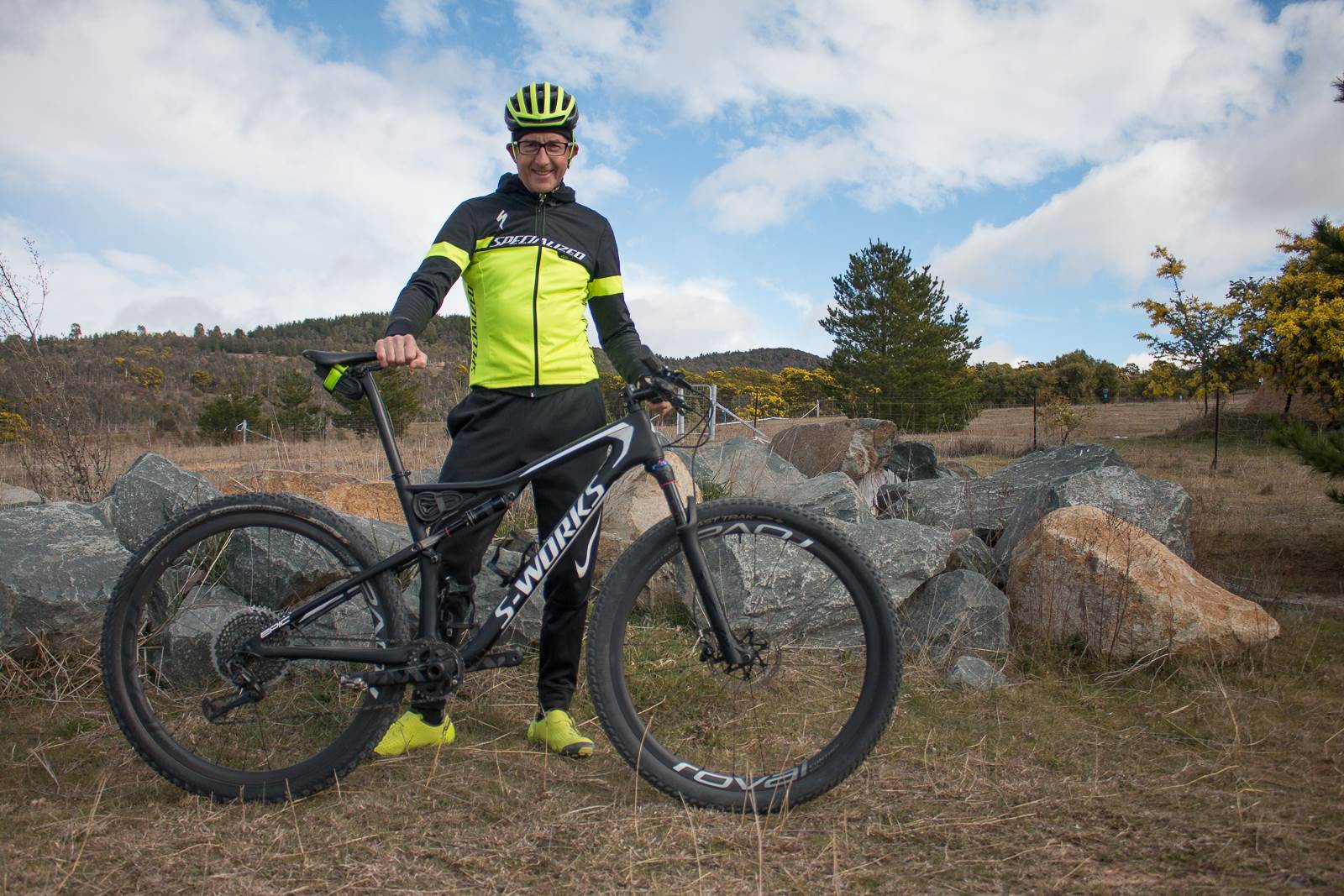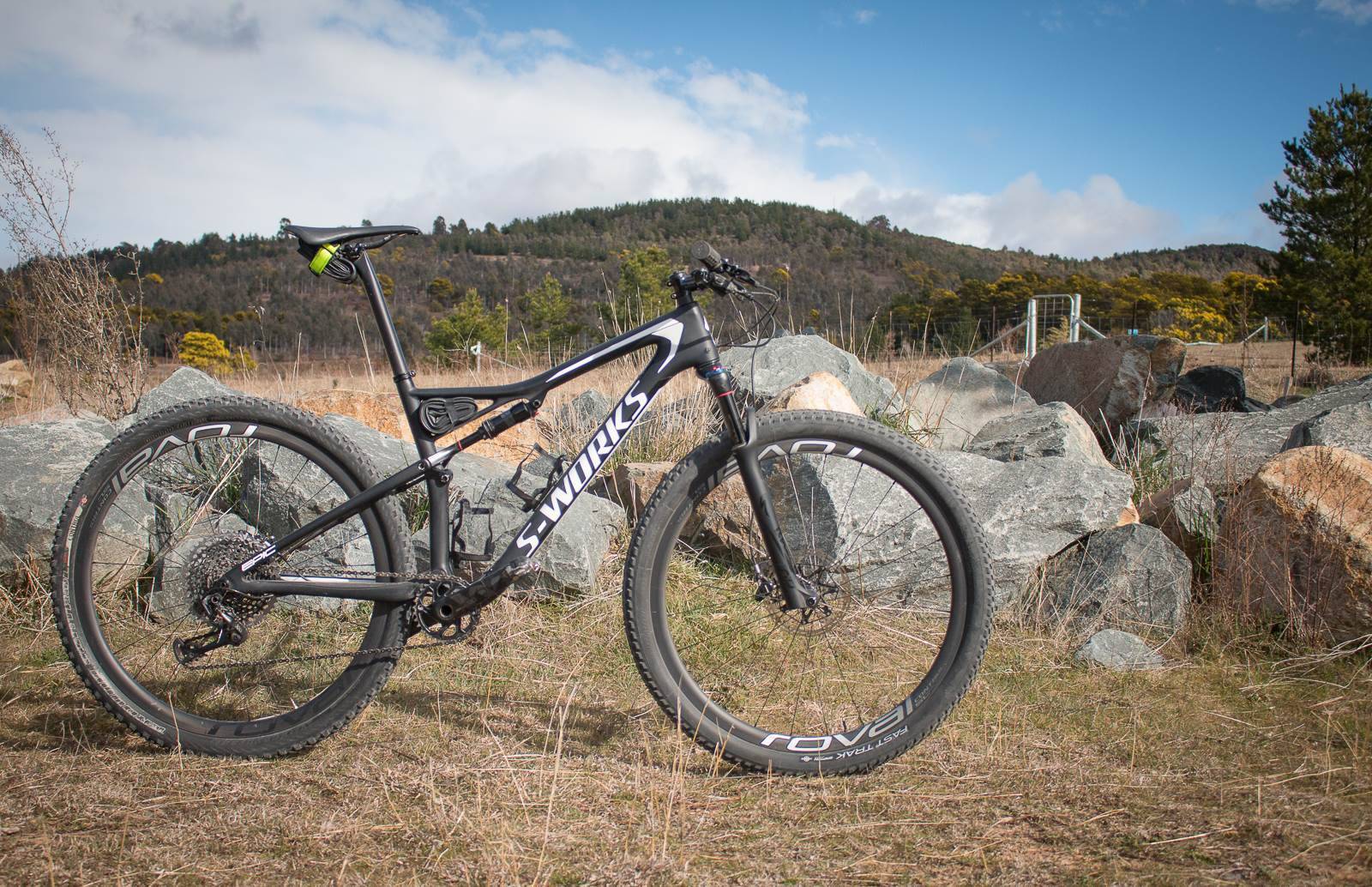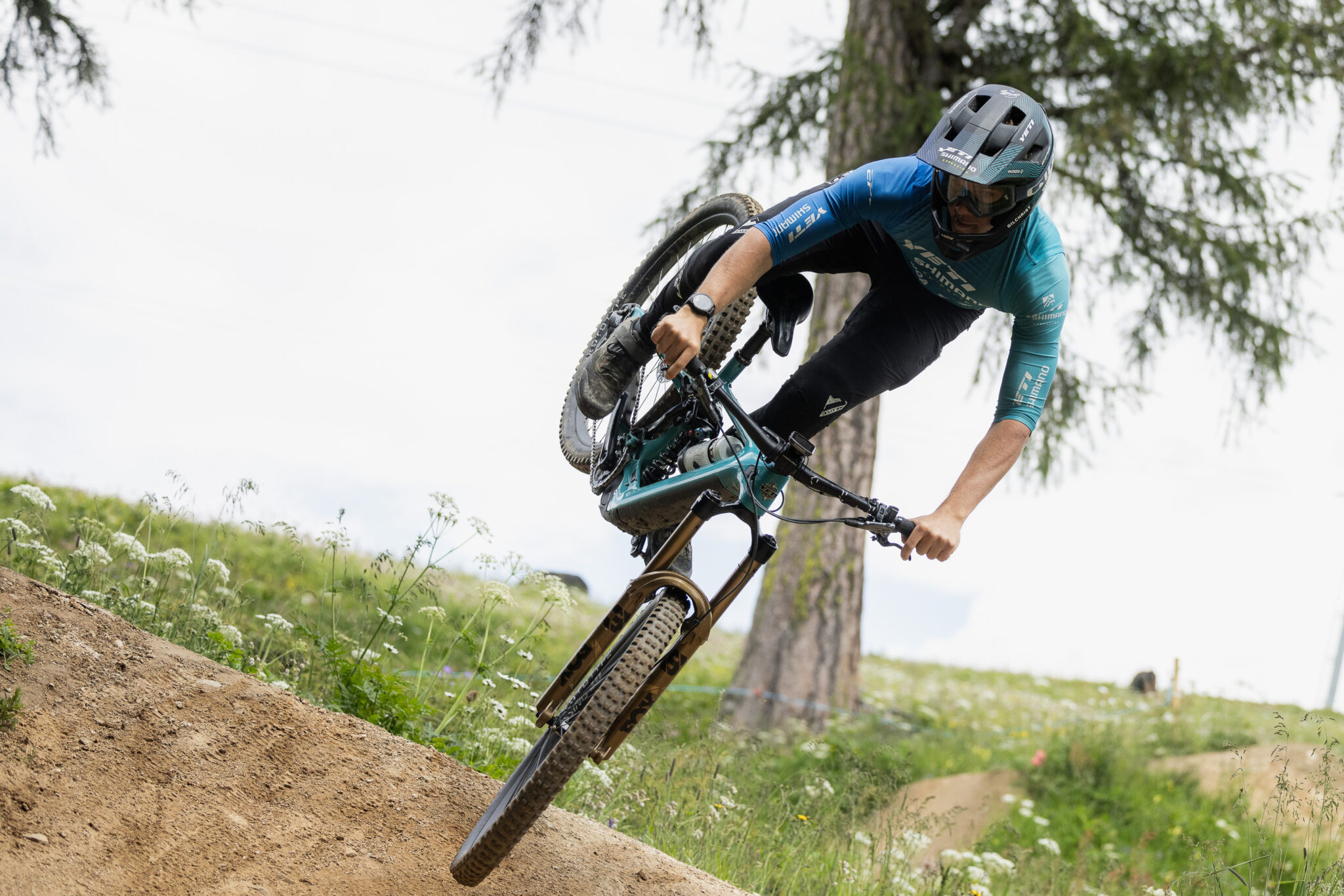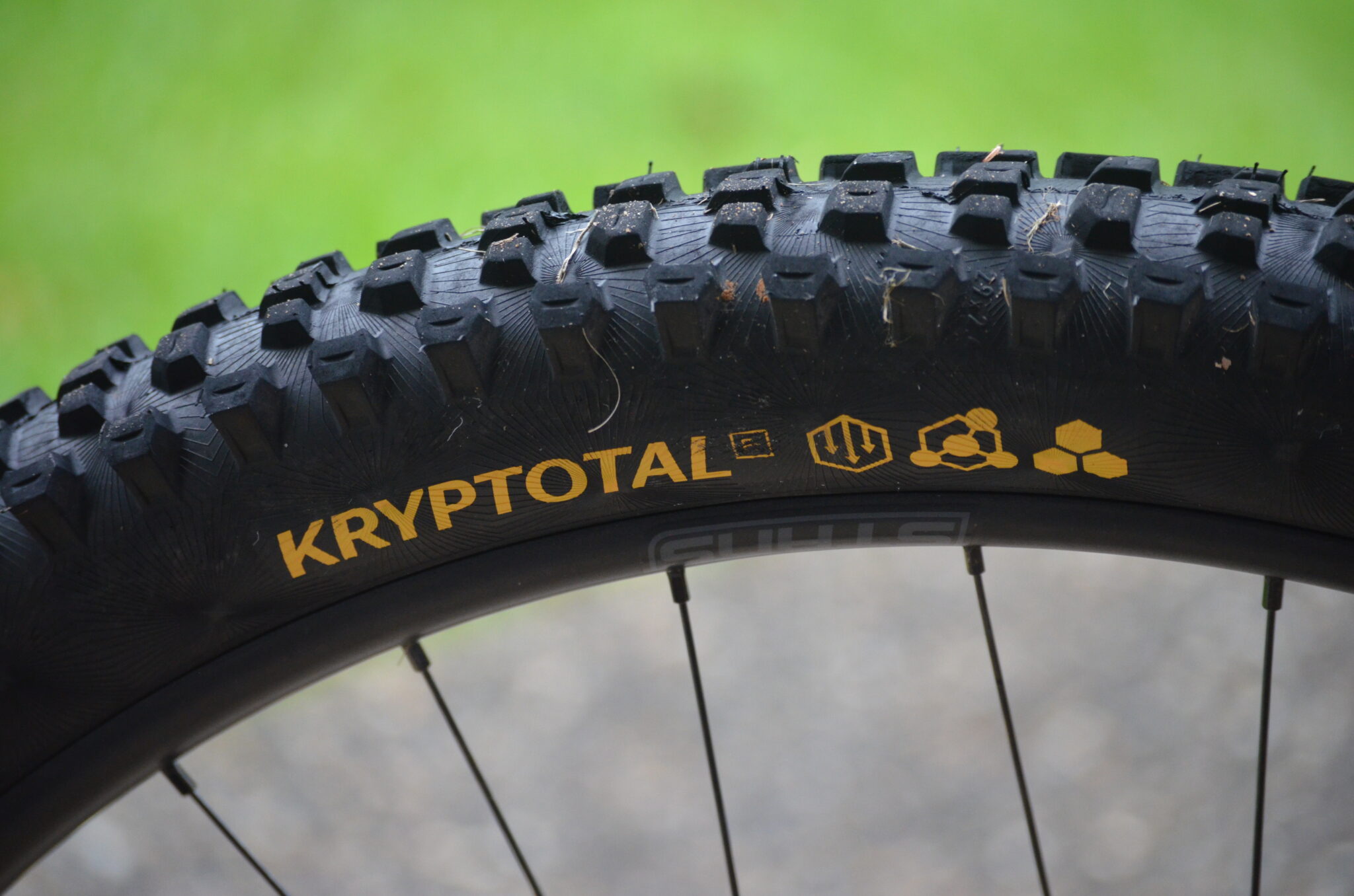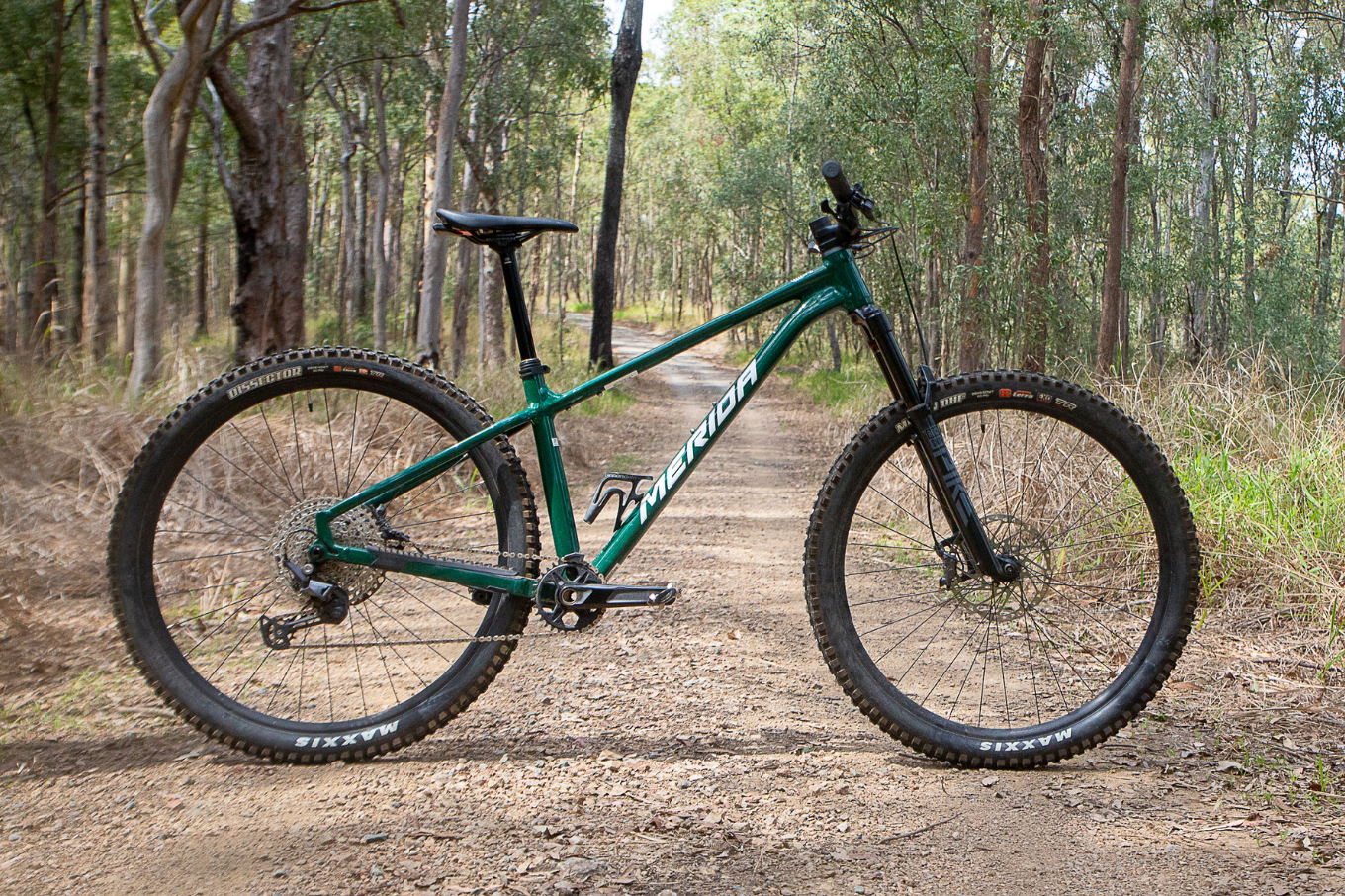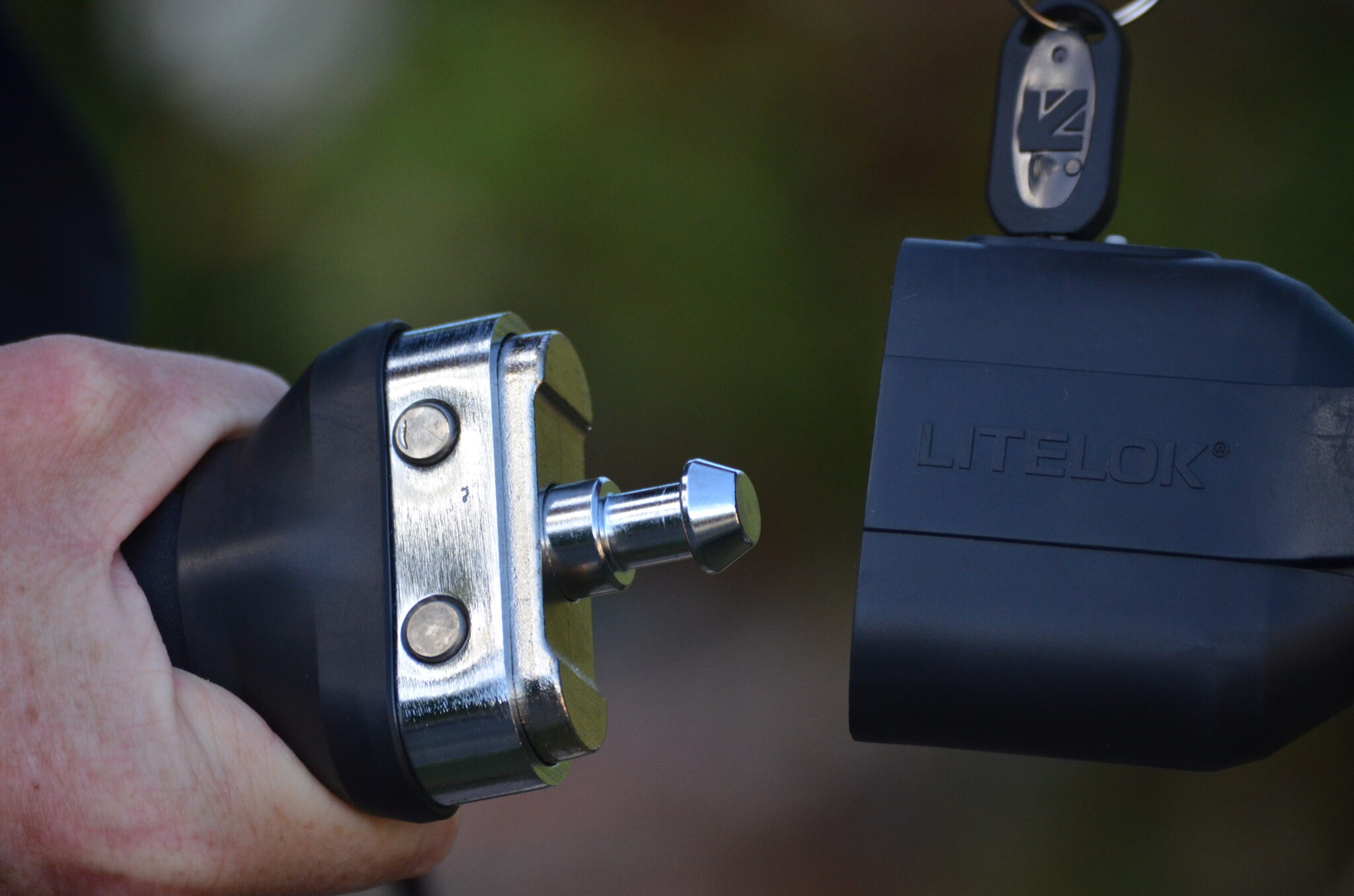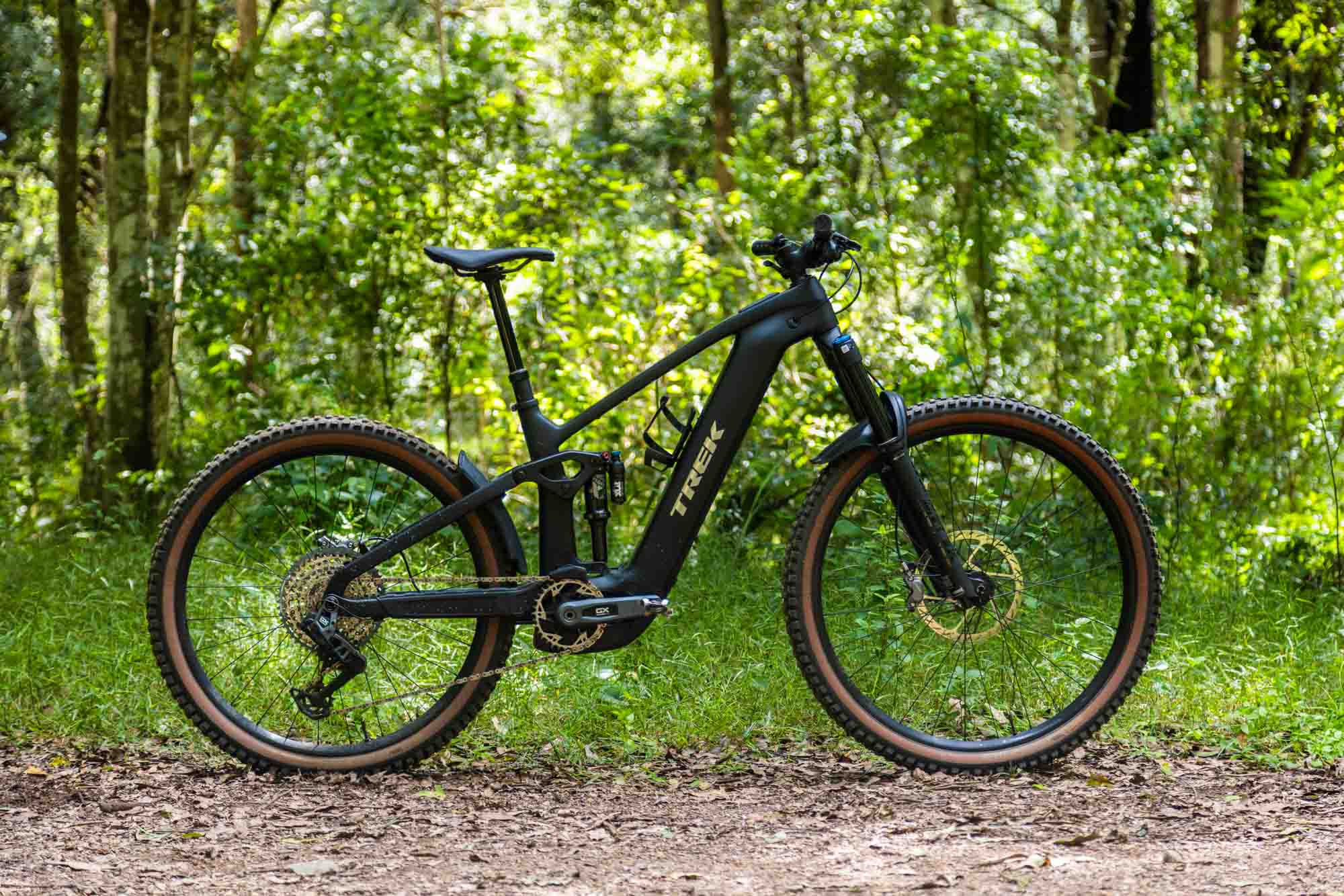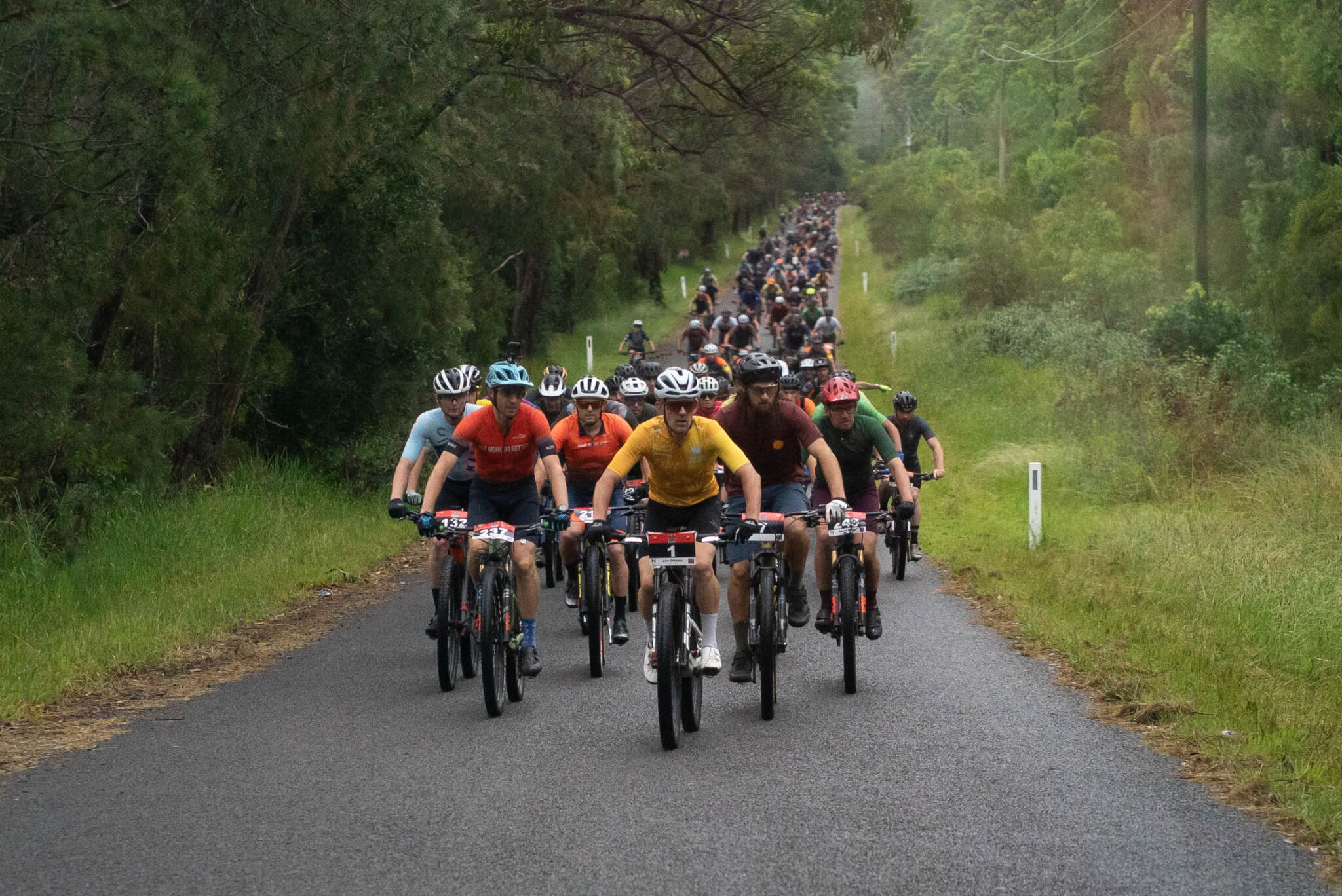Bike Check: Garry James' 2018 Specialized Epic S-Works
We took a look at the new Specialized Epic in the wild - the very race weapon that Masters athlete Garry James chooses to race.
The Specialized Epic has long been the choice for cross-country and marathon racers alike. The Epic was the first full-suspension bike to be piloted to a World Cup XCO win, an riders like Christoph Sauser, Annika Langvad and Jaroslav Kulhavy have ensured the bike has had immense success on the world stage.
At home, Specialized athletes Andy Blair, Jenny Blair, Cam Ivory and Shaun Lewis have delivered national titles, big race wins and podium places around the country.
But times change, and the Epic needed to as well. In July, Specialized updated the Epic, shedding lots of weight, updating the Brain, and overhaulling the geometry.
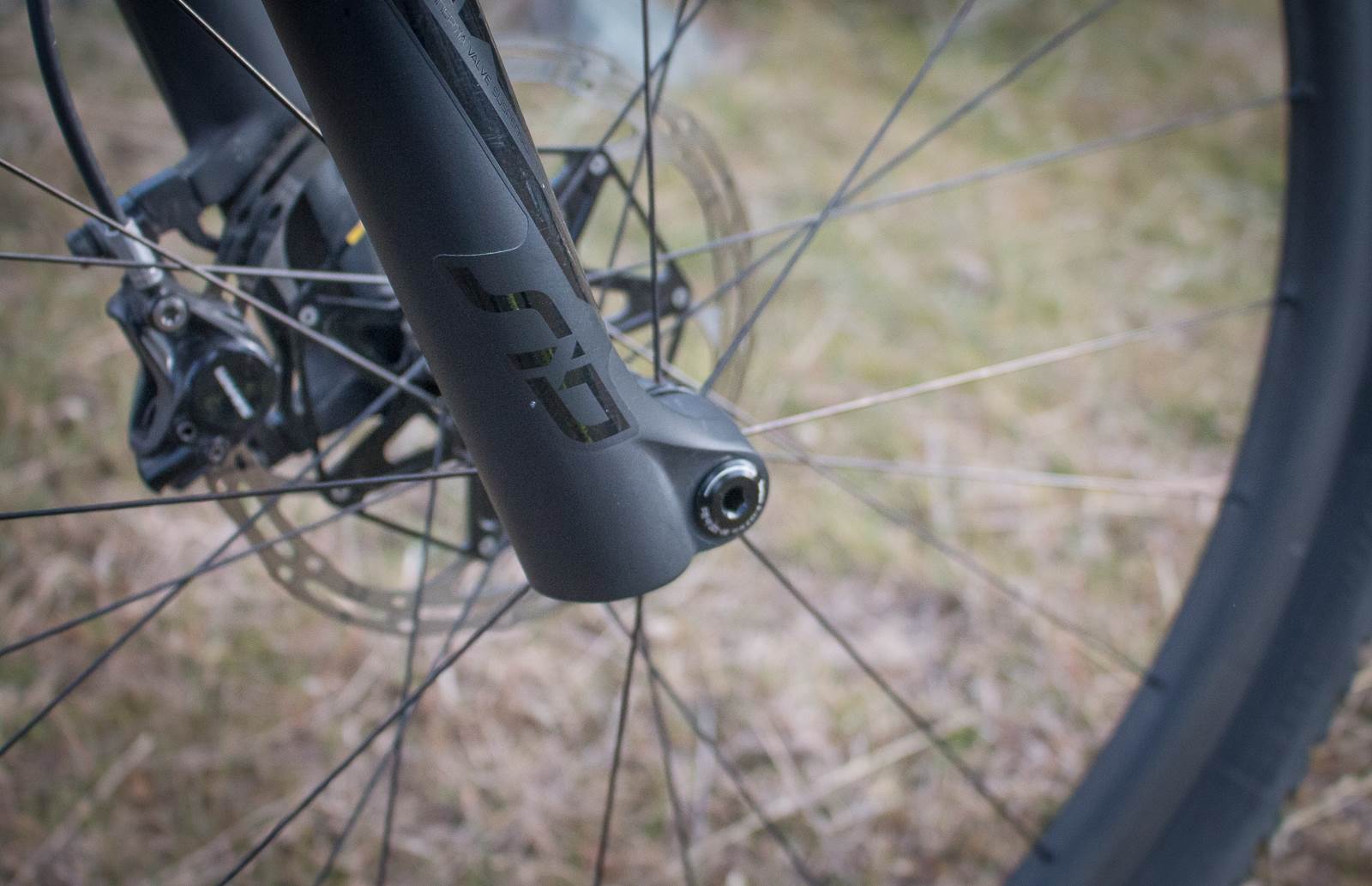
The geometry is all new. The front end is slacker, and the fork offset has been changed to a custom 42mm. The frame is also a shared platform across men's and women's – so there is no more Era. Why? Well the data Specialized used in the past was old, and had come from the US Army. They're current data is based on cyclists, via the Retul fit data banks. It's shown that the fit changes are minor – and akin to what would be done on a bike fit with saddle, seat position and setback, bar width, grips and length and height of the front end. So while there are women's options, the frame is the same, the contact points change. As for any rider, the bike most suited to you is the one that has been setup professionally, including the appropriate shock tune.
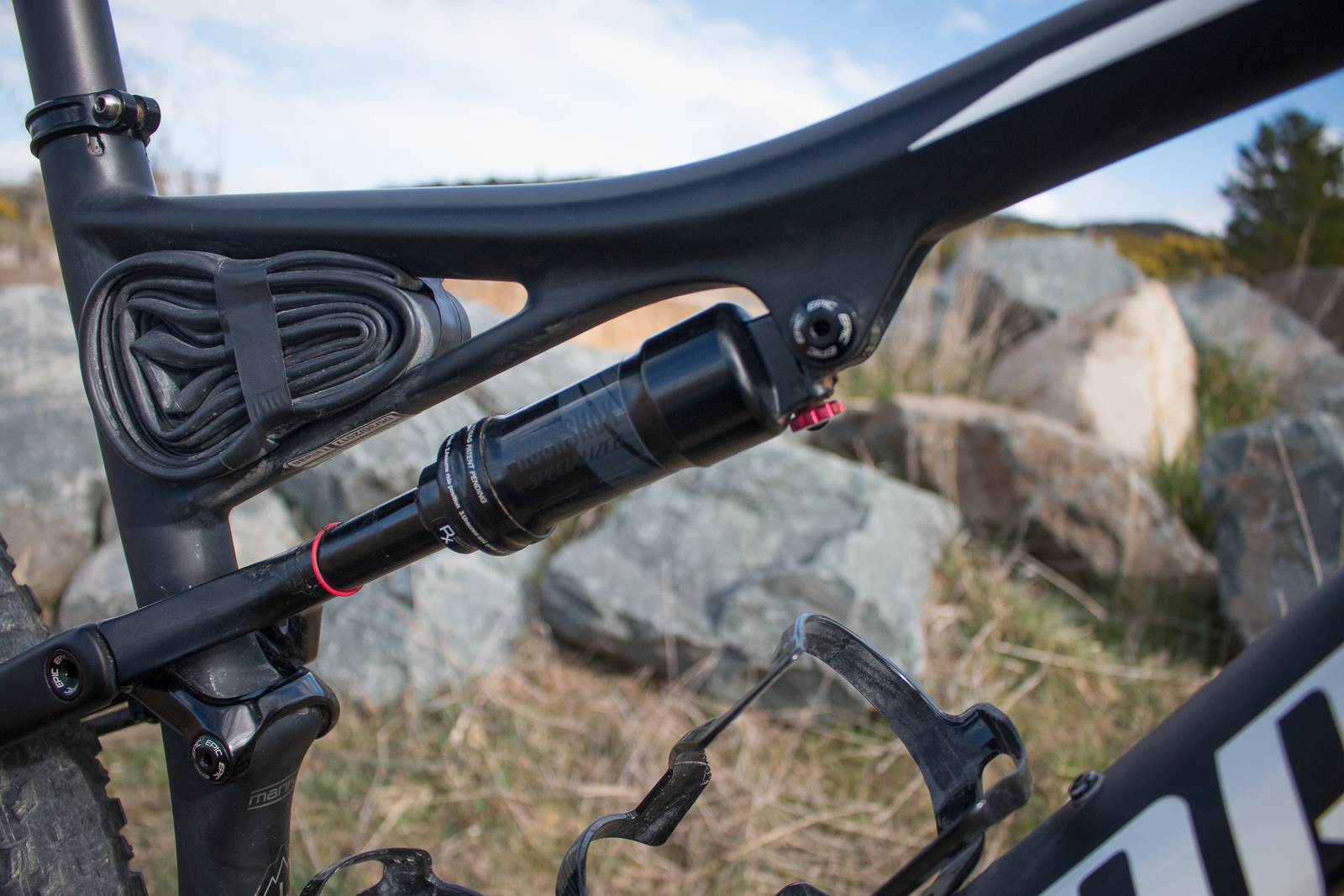
And the RX tune rear shocks are also new, the RockShox suspension has larger volume on the women's models, but smaller on the men's for increased bottom out resistance.
The other end of the Specialized Epic suspension is the Brain – and it's all new too. Lighter, smaller, and more sensitive.
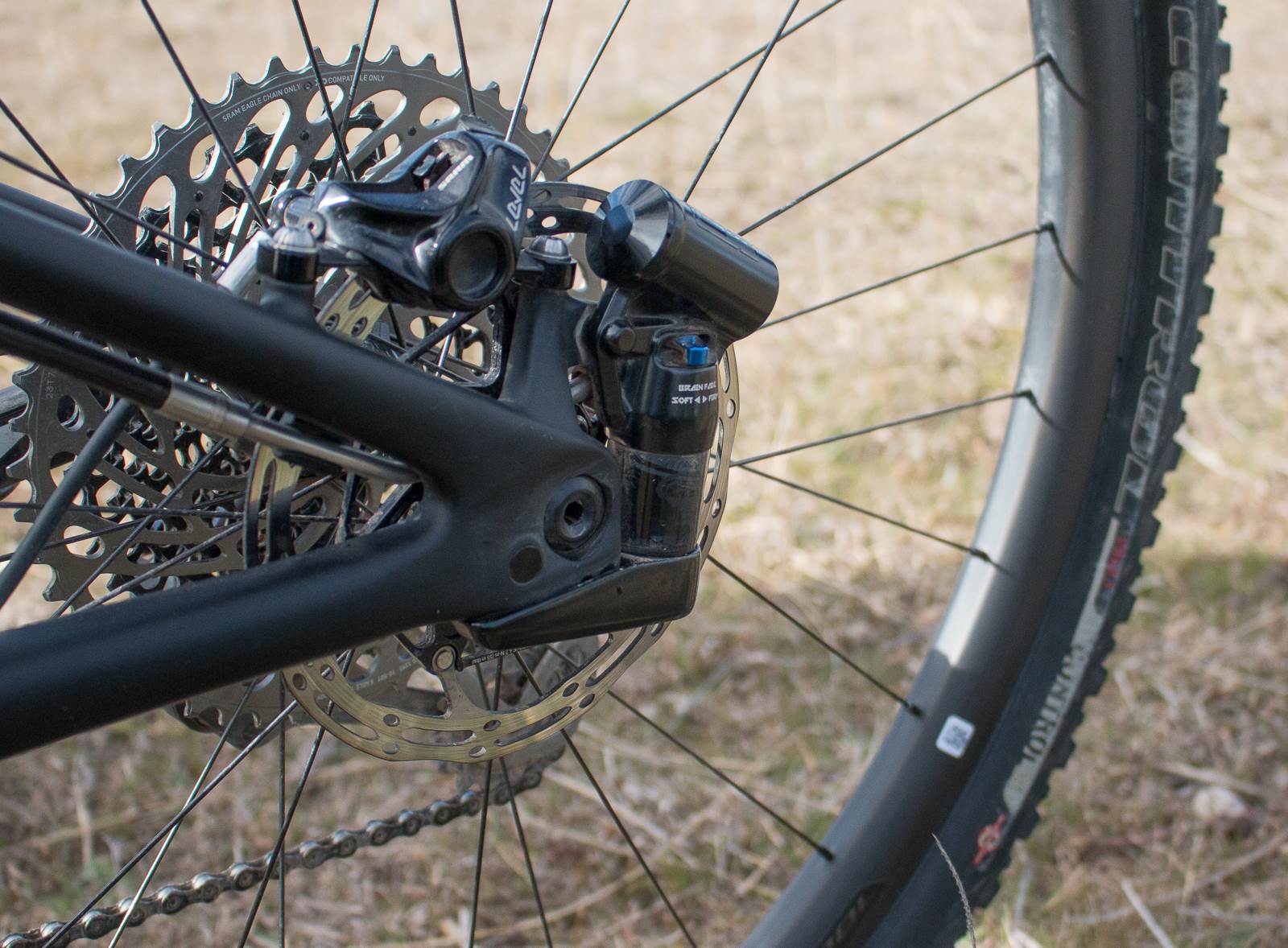
The position has moved a lot, to sit behind and lower than the axle. But the path for the oil to the shock has also changed. So the reaction is much faster. In all, it's more sensitive for opening up, but thanks to the inertia valve it's still rock-solid under pedalling – which is what you buy an epic for. The Brain Fade is now two position – soft or firm.
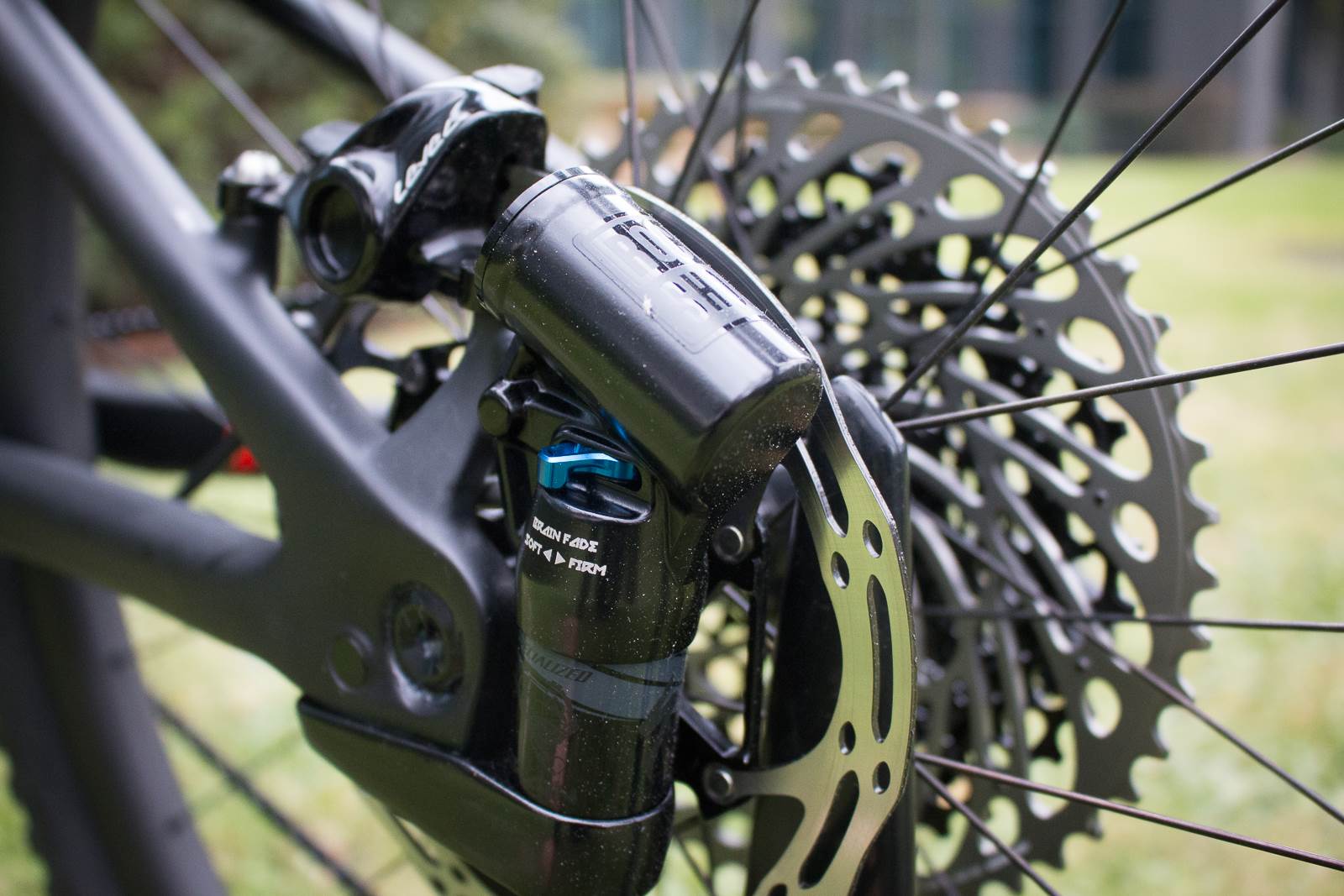
Removing the Horst Link (the pivot at the drop out) is a big part of that. And Specialized didn't just take it out to see what would happen. They studied the actual movement of the pivot and realised it was just 2 degrees. So they could design the stays around that. The seat stays are actually concave and laid up to flex through to straight and slightly convex by the bottom of the stroke. This is the same for carbon or alloy, and best of all it doesn't change the wheel path through the 100mm of travel.
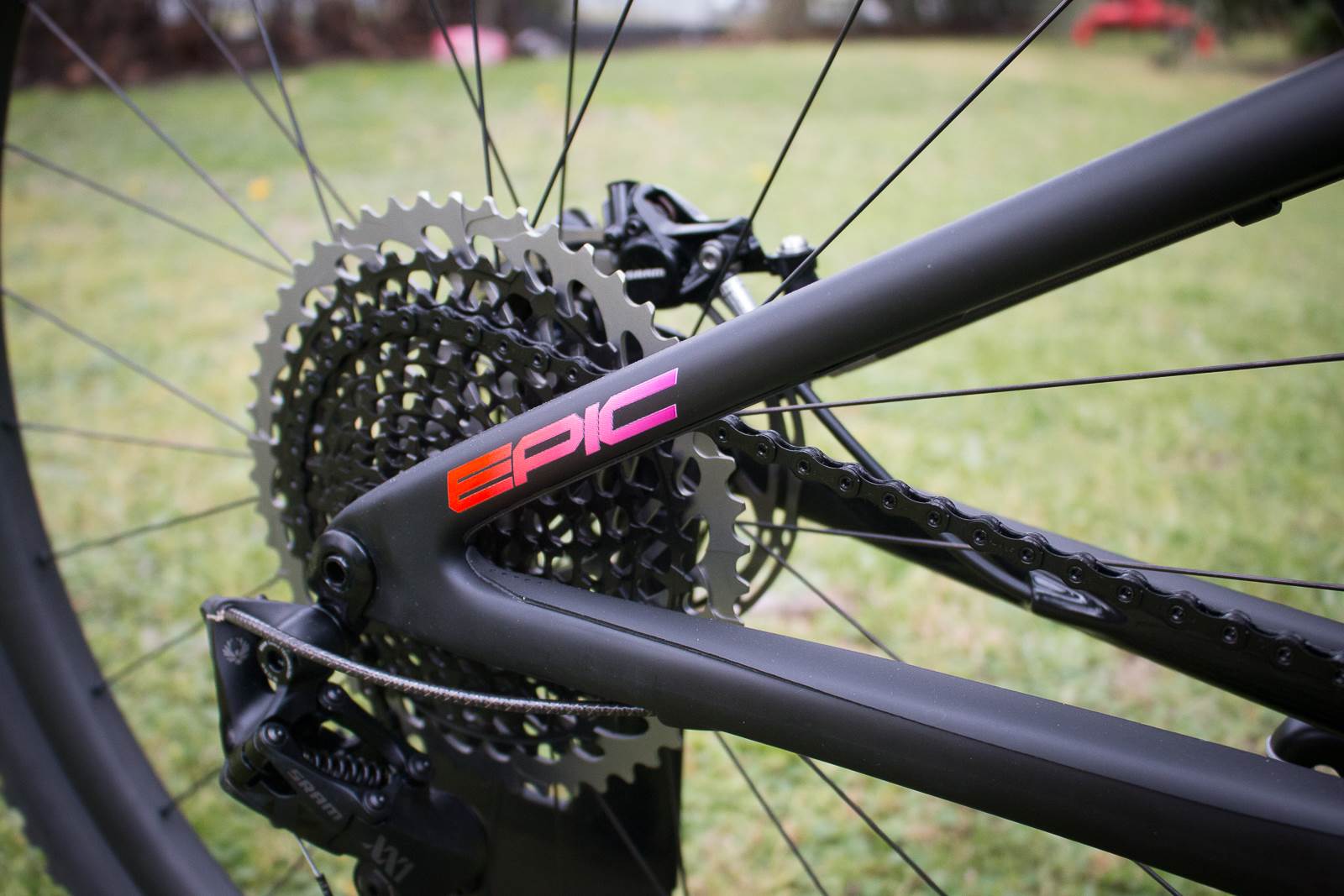
Looking at Garry James' S-Works model, the Roval Control SL wheels really stand out. At well uder 1400g, and 30mm wide, they're a great XC and marathon wheel.

Wider rims let the tyre run at slightly lower pressures with less squirm, and 30mm seems to be where rims are settling for XC use.
Garry also does away with a SWAT box and uses a Backcountry Research strap from Lead Out Sports on his race bike.
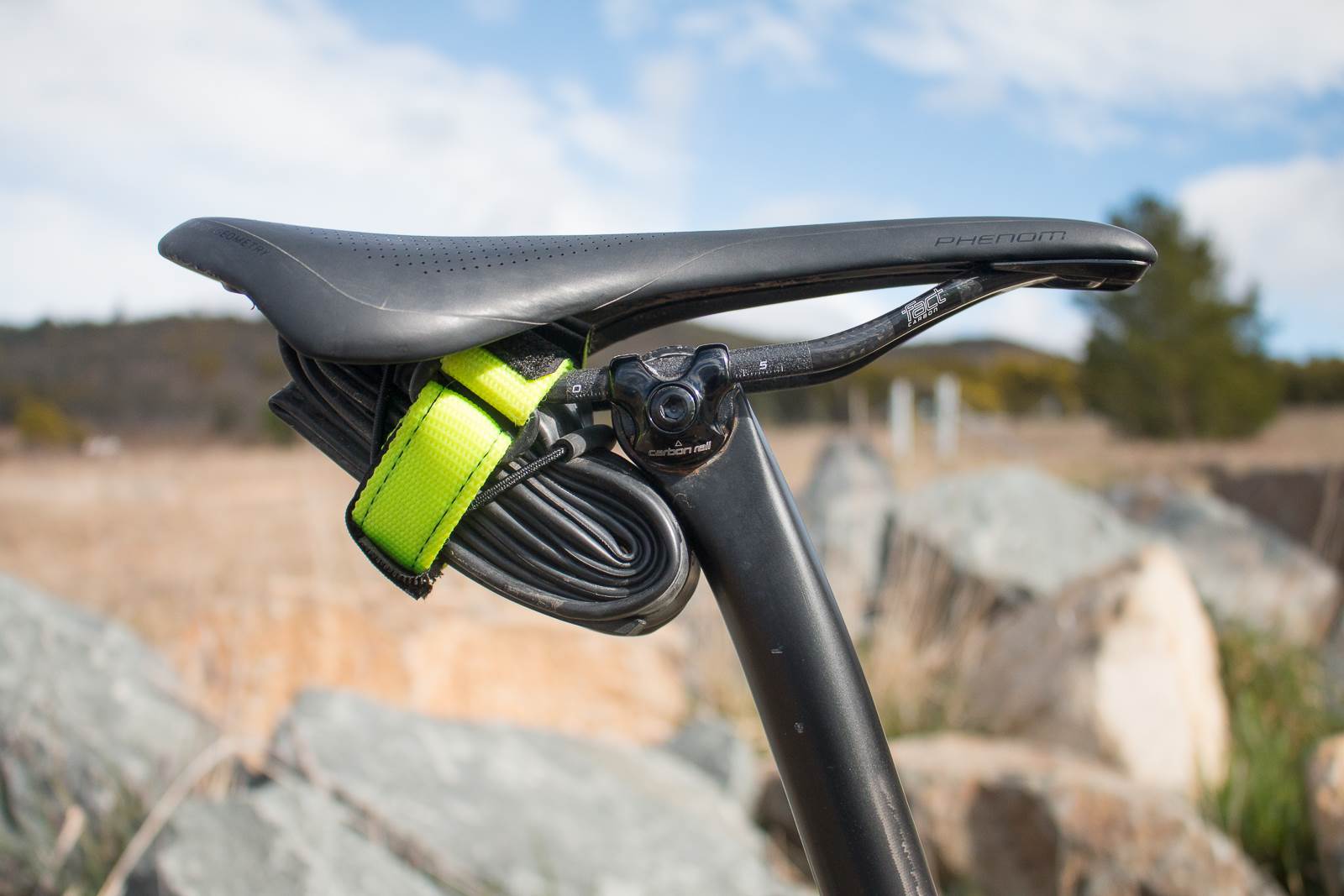
These straps are super handy and give lots of storage options on many bikes. Lower tends to be better, and if your frame design allows, keeping the weight low and on the inside of the main frame tends to be more secure – and keeps your spares cleaner too.

The SWAT chain tool is in the steerer, and the multi tool in the shock mount means Garry can race with very few spares in his pocket. Plus it's less to forget when racing day after day in a stage race like the upcoming Crocodile Trophy.
With less weight and great pedalling efficiency the bike continues to appeal to cross-country and marathon racers, but with updated geometry the Epic will start to appeal to the super-fast trail rider, possibly eating into the reaches of the Camber. Will that be the case? We have Ben Morrison reviewing an Epic right now to find out.
You can get the full details on the Specialized Epic range from the Specialized website – and we the one we have on test will be in Issue #164. Subscribe and you won't miss it.
Garry got his bike from the crew at Ashfield Cycles and he's all set to represent them at the Crocodile Trophy starting on 16th September.
